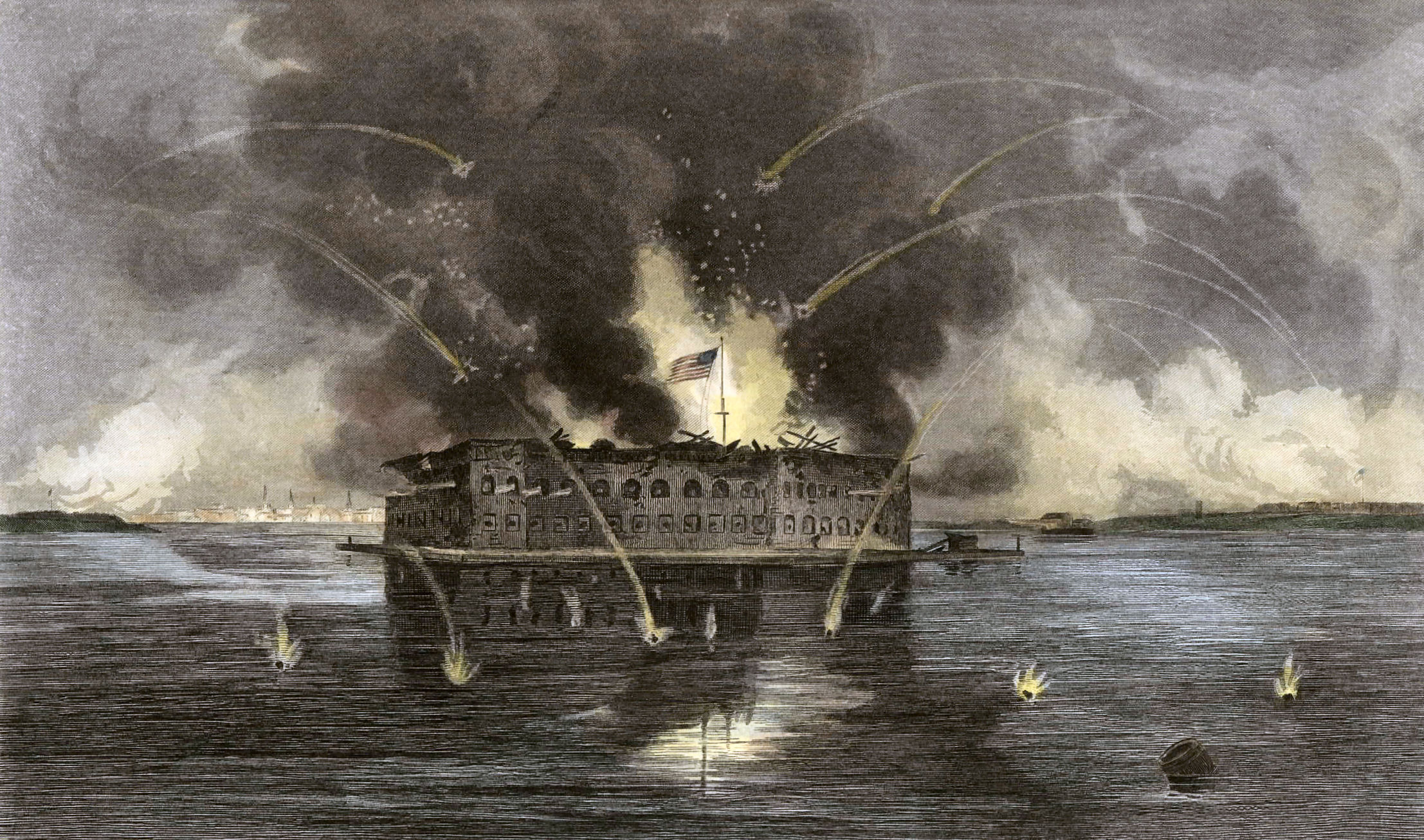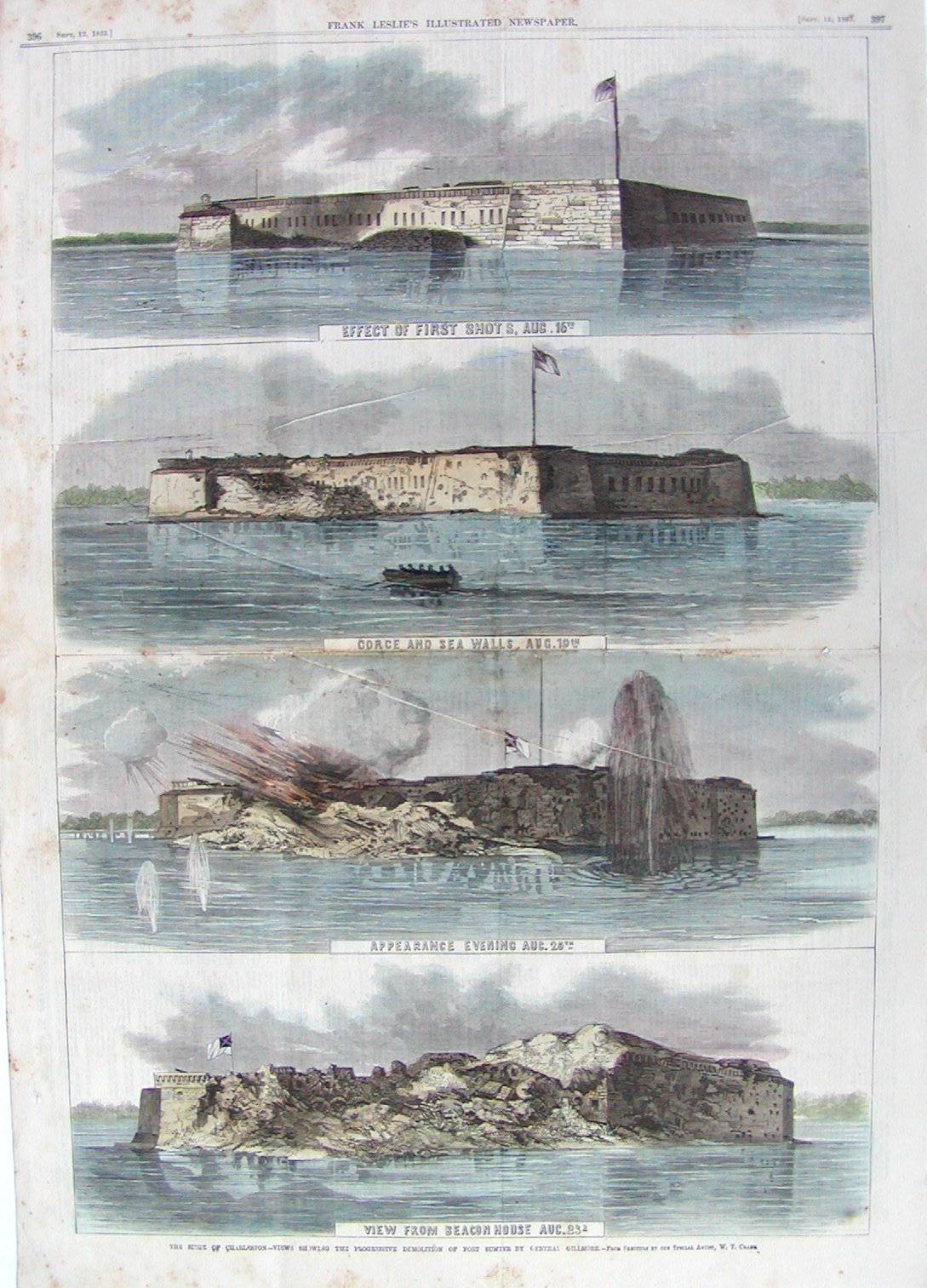Playing cards were probably invented in Asia and first came to Europe in the 1300s CE through the Arabic world. Few historical decks remain from the Arabic world, but
one 15th-century Mamluk deck, preserved in Istabul, featured four suits of polo-sticks, swords, cups, and coins; each suit had ten pip cards and four court cards, and there may have been a joker. Playing cards, intricately painted or cheaply block printed, rapidly spread through Europe from the south, and a variety of designs and games proliferated.
In general, though, there were three main families of card designs. In the Romance world, around Italy and Spain, playing cards maintained the oldest division of the suits: Swords, Staves, Coins, and Cups. Over the Swiss Alps into the German-speaking world, the suits evolved: Leaves, Acorns, Bells, and Hearts. And in France, the suits developed into Spades (from Italian
spada or Spanish
espada, "swords", taking its shape from the German Leaves), Clubs (from Italian
bastone, "sticks, staves", taking its shape from German Acorns), Diamonds (from Coins), and Hearts (from Cups). These stamped French-suited decks were simpler in design and thus cheaper to manufacture in the era of woodblock printing, and so spread through England and western Europe.
In the early 1400s in northern Italy, a new game developed that focused on taking tricks and capturing valuable cards with a group of trump cards. These decks had four suits of ten numbered cards and four face cards, plus a group of about 21 unsuited trumps with allegorical illustrations, as well as an unnumbered trump card used as a wild card. These Tarot card games became enormously influential, and variations of them are still played as games across Europe, especially in France, Italy, and the regions formerly part of the Austro-Hungarian Empire.
In the 1500s, it seems likely that the French trick-taking game Triumph or Trump, adapted for a standard 52-card deck, developed into the English game Ruff and Honors. In the early 1700s, this game developed into Whist, one of the most popular games in Europe for more than a century. Whist began as a plain-trick game in which the trump suit varied from hand to hand, and the goal was to collect as many tricks as possible. As the game diversified into the whist family of games, many common variations began to emerge, such as bidding on the number of tricks players will take in the hand. From bid whist variants came Bridge, Spades, and similar games like Hearts, while games like Euchre developed separately in parallel from similar sources. Modern collections of card games follow Edmond Hoyle's 1742 treatise on the whist, and gamblers and mathematicians were soon to develop probability and statistics.
Meanwhile, in the 1700s, various practitioners began to develop the use of playing cards as symbolic system for a divinatory or occult practice. Tarot cards, with their colorful trump illustrations, became a natural focus for this. Parallel to the Enlightenment of rationalists and philosophers, the undercurrents of occultism and mysticism were seething, soon to break out in the Romantic era. Franz Anton Mesmer mesmerized Paris. Isaac Newton wrote more on the occult and alchemy than mathematics and physics. Logicians and mathematicians speculated on a theoretical "universal language", a symbolic system that could encapsulate all knowledge in an algebra of thought. This never really panned out, except to give us thesauruses.In some ways, the Scientific Revolution and the Enlightenment were periods of separating rationalism from superstition, astronomy from astrology, chemistry from alchemy, which implies an investigation of both. In 1781,
Antoine Court de Gébelin published a theory that held the tarot cards to be the distillation of ancient Egyptian civil and religious philosophy, brought to Europe by Roma peoples (popularly called "Gypsies"). This was totally wrong. His speculation came almost 20 years before the Rosetta Stone was discovered and 40 years before it was deciphered; he was speculating at a time when Egyptian hieroglyphs were completely mysterious to the people of Europe. But his theory contributed to the development of occult use of tarot by emphasizing and expanding the allegorical interpretations of the cards.
Court de Gébelin says, for example:
Ces quatre Couleurs sont relatives aux quatre Etats entre lesquels étoient divisés les Egyptiens. L'Épée désignoit le Souverain & la Noblesse toute Militaire. La Coupe, le Clergé ou le Sacerdoce. Le Bâton, ou Massue d'Hercule, l'Agriculture. Le Denier, le Commerce dont l'argent est le signe.
In other words, the four suits represent the four Estates of ancient Egyptian society: the sword represents the sovereign, military, and nobility; the chalice represents the priesthood; the staff represents farmers and the peasantry; and the coin represents merchants and commerce.
Then in 1785, occultist and cartomancer
Jean-Baptiste Alliette produced a manual on divination with tarot cards.
Marie Anne Lenormand was the next famous cartomancer, and
Eliphas Levi incorporated Tarot-based cartomancy into his occult system, from where it went into the Golden Dawn and eventually into every modern Borders and Books-a-Million "Spirituality" section. And we come to where we are today, where few Americans know that the Tarot deck is based on an old and still-popular game. The familiar 52-card deck has accreted layers of symbolism, too, over centuries of play: look at Lewis Carroll's Queen of Hearts or the Ace of Spades' association with victory or death. But with the tarot deck, this was more extreme.
Many people like their board games to have a strong theme, aside from the abstract mechanics of the game, be it commercial real estate in Monopoly or colonization and urban development in Settlers of Cataan. It's on this level that I enjoy the quaint metaphors of Tarot: If each suit represents a social class, then the game reflects the vicious social striving of individual members of society for one-upmanship or material advancement, who are only to be frustrated or trumped by a host of random disasters, external forces, unpredictable circumstances, or merely the vicissitudes of fortune. It's a dark, satirical, and pessimistic vision of life, quite medieval in a way. But to treat tarot as wholly other than a game would be like pondering the mystical import of Blackjack, or contemplating the Jungian symbolism of Druidic Seven-Card Flop Poker, without appreciating the game's more worldly appeal. Some people may be enjoy that, but probably more people enjoy playing them with friends and family as games of skill and chance, that have brought some joy to people for centuries.


















